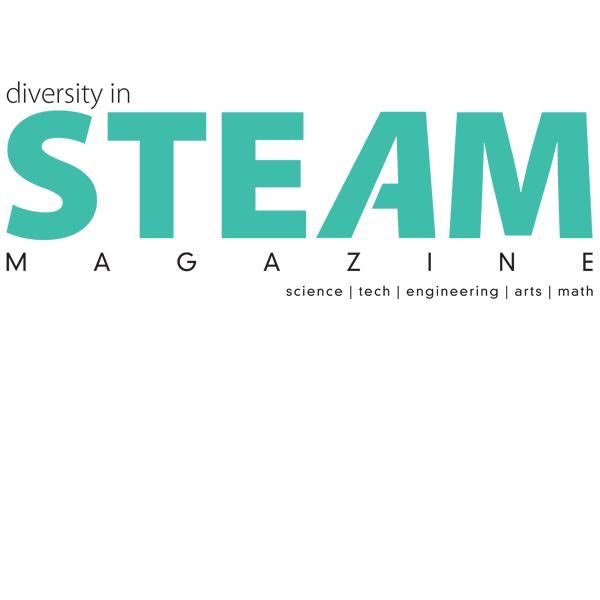

30 D
iversity in STE A M www.diversityinsteam.com
JOBS
Launched in 2020, the $2.6 million project is backed by a three-year grant from the Department of Defense's National Defense Education Program. Its principal investigators also include USC Institute for Creative Technologies' Director for Learning Science Research Benjamin Nye and Chief TechnologyicerWilliam Swartout.
Improving Access to STEM Mentors
Research suggests that mentoring and outreach can help increase diversity, participation and persistence in STEM ields, but individual mentors can only reach so many students in their available ime. This is the gap we're aiming to address with this project, Okado said. With the help of AI-based tools, we can deliver each mentor's advice in a personalized way to many more students.
PHOTOS: CAL STATE FULLERTON
Benjamin Nye Yuko Okado William Swartout
We have been recording a phenomenal set of volunteer mentors with lots of engaging stories and insightful advice, Okado says. We are grateful for their contributions and look forward to working with even more mentors so students can learn about different career paths and perspectives. Currently, the pilot site features ive virtual mentors from different backgrounds. The project is also working with professional organizations and other minority-serving institutions, especially those serving Latinx and African American communities, to grow its mentor network. Using MentorStudio, a new web platform created for the CareerFair. ai project, mentors can spend 12 to 15 hours answering approximately 260 sample questions. Okado said the platform provides a space for mentors to share personal stories and advice for students. Students often look for mentors of similar cultural or personal backgrounds, Okado said. How relatable that mentor is to them personally can go a really long way. It's important that students know someone has paved the way and they're not going into a particular area alone.
The goal of CareerFair.ai is to host a growing community of mentors that students can access for free at any time to explore their career options."
CareerFair.ai is meant to increase students' access to high-quality mentoring. Okado said first-generation and nontraditional students can find itespeciallydicultorintimidatingto schedule time to meet with a real-life mentor. A lot of our students are working or taking care of family members, Okado explained. Okado hopes it encourages students to keep pursuing STEM careers, consider a STEM-adjacent career or think about a STEM minor. She said that the platform could also help students learn new ways to connect with mentors.
Relatable Stories and Mentors
The goal of CareerFair.ai is to host a growing community of mentors that students can access for free at any time to explore their career options.
Analyzing Students' Responses
To ensure the platform is meeting students' needs and recruiting mentors in high-demand fields, Okado's team surveyed 344 CSUF students on their STEM interests in the project's first year. Preliminary data on students' user experience showed that a majority of the users, or 89.0 percent, agree or completely agree that using CareerFair.ai is a good idea. Similarly, 90.4 percent of students said they agree or completely agree that the CareerFair.ai platform was clear and easy to understand. On a five-point rating scale that ranged from Not Helpful at All to Very Helpful, over 63 percent of the students rated each mentor on the pilot platform as Helpful to Very Helpful. In Fall 2021, the team surveyed an additional 722 CSUF students. Okado said her team also began a larger study with 300 CSUF students in spring 2022 to see how well the CareerFair.ai platform delivers career guidance and information. The team will seek outside feedback on the platform during fall 2022 and spring 2023.
Source: California State University, Fullerton
USC INSTITUTE FOR CREATIVE TECHNOLOGIES
Previous Page
